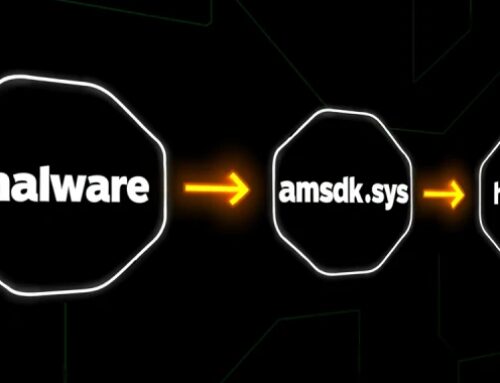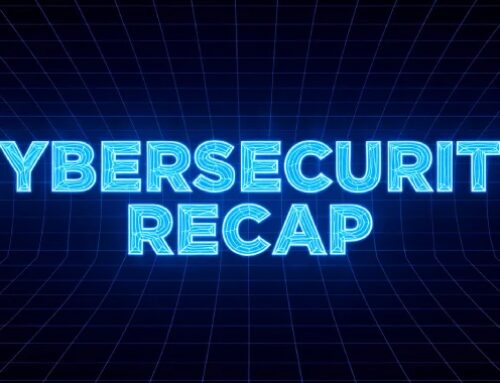In today’s increasingly digital world, the traditional paradigms of security operations are being challenged by ever-evolving threats. Security operations (SecOps) teams have historically operated in a reactive mode, responding to incidents after they occur. However, with the advent of Artificial Intelligence (AI) and the mounting complexities of cyber threats, organizations are shifting towards a more proactive approach. This transition from reactive to proactive SecOps is not just beneficial—it is essential for maintaining robust cybersecurity in a landscape characterized by speed and sophistication.
The Shift from Reactive to Proactive SecOps
Reactive security measures involve responding to incidents after they have occurred, often leading to costly breaches, data loss, and erosion of customer trust. Among the challenges faced by SecOps teams is the sheer volume of alerts they receive, many of which originate from legacy systems ill-equipped to distinguish between genuine threats and false positives. As a result, valuable time and resources are often wasted on incident responses that could have been avoided.
In contrast, a proactive SecOps approach emphasizes anticipation and prevention. This can include threat hunting, implementing robust security hygiene, and leveraging predictive analytics to identify potential weaknesses before they become critical. AI plays a pivotal role in facilitating this transition by enabling more effective threat detection and response mechanisms.
How AI is Transforming SecOps
-
Advanced Threat Detection: Traditional security solutions often struggle to identify sophisticated attacks that may evade signature-based detection. AI, particularly machine learning algorithms, can analyze vast amounts of data and identify patterns indicative of potential threats. By continuously learning from new threats, AI systems can adapt and improve their detection capabilities over time, augmenting human analysts’ efforts.
-
Automated Incident Response: Automation is a key component in shifting to a proactive SecOps model. AI can be employed to automate routine tasks, such as log analysis or security configuration checks, allowing SecOps teams to focus on more strategic initiatives. Furthermore, AI-driven playbooks can respond to incidents autonomously based on predefined protocols, reducing the response time significantly.
-
Threat Intelligence Gathering: AI can sift through various threat intelligence feeds to provide real-time insights on emerging threats. This information empowers organizations to stay ahead of potential vulnerabilities and adapt their security postures accordingly. By correlating data from multiple sources, AI enhances the contextual understanding of threats, enabling teams to devise more effective defense strategies.
-
User Behavior Analytics (UBA): AI can monitor user activity to establish a baseline of normal behavior, enabling the detection of anomalies that may indicate malicious activity. By analyzing patterns of behavior, AI tools can flag unusual actions that warrant further investigation, providing an additional layer of security that reacts swiftly to potential insider threats or compromised accounts.
- Predictive Analytics: Proactive SecOps also relies on predictive analytics to forecast potential vulnerabilities. By analyzing historical incident data, AI can identify trends and predict where attacks are most likely to occur, allowing organizations to allocate resources effectively and shore up defenses in high-risk areas.
Integrating AI into SecOps Culture
The introduction of AI into SecOps practices is not just about technology; it also requires a cultural shift within organizations. Teams need to adopt a mindset that prioritizes proactive measures and continuous improvement. Here are several strategies to facilitate this integration:
-
Training and Upskilling: Security professionals must be equipped with the skills to leverage AI tools effectively. This can include training in machine learning concepts, data analysis, and the ethical implications of AI in cybersecurity.
-
Collaboration Between Teams: IA can create a more inclusive environment where SecOps teams work closely with data scientists and AI specialists. Such collaboration can foster innovation and ensure that AI tools are aligned with practical security needs.
- Cultural Emphasis on Threat Awareness: Organizations should cultivate a culture of vigilance, encouraging employees at all levels to understand their role in cybersecurity. By promoting awareness of potential threats and encouraging proactive reporting of suspicious activities, organizations can create an ecosystem where everyone contributes to security efforts.
Challenges and Considerations
While the promise of AI in SecOps is significant, organizations must also be aware of the challenges associated with its implementation. These include:
-
Data Quality: AI relies heavily on the quality and accuracy of data inputs. Organizations must ensure that their data is clean, relevant, and up-to-date to allow AI systems to function effectively.
-
Overshadowing Human Insight: While AI can automate many tasks, it is essential to balance automation with human expertise. Human analysts bring critical thinking and contextual awareness that machines may lack.
- Ethical Considerations: The use of AI in security raises ethical concerns, particularly regarding privacy, bias in algorithms, and the potential for overreach in surveillance.
Conclusion
The impending shift from reactive to proactive SecOps practices, fueled by AI, marks a significant turning point in the battle against cyber threats. By embracing AI-driven technologies, organizations can enhance their security posture, mitigate risks, and respond to incidents with unprecedented speed and effectiveness. However, this transformation requires a holistic approach that emphasizes training, collaboration, and ethical considerations. As SecOps teams adapt to new technologies, they will be better equipped to protect their organizations from the nuances of tomorrow’s cyber landscape, ultimately fostering a safer and more resilient digital world.




Deixe o seu comentário